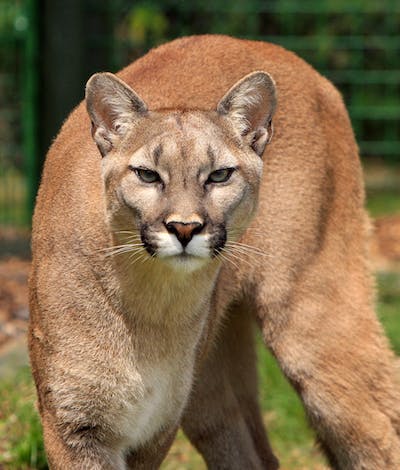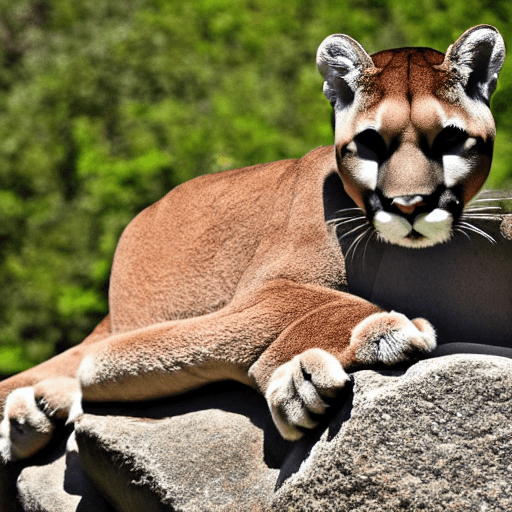Differences Between Mountain Lion And Lion

Characteristics of Lions
Mountain Lion and Lion, both are fascinating beasts to study. These large cats are considered kings of the jungle, and their awe-inspiring looks and hunting skills make them a sight to behold. Although both belong to the same family, there are some significant differences that set them apart. Read on to know the three best differences between a Mountain Lion and a Lion.
Habitats
The first difference between Mountains Lion and Lion is their habitats. Mountains Lions are primarily found in the Americas, whereas Lions are found in Africa and some parts of Asia. Mountain Lions prefer living in forests, mountains, and grasslands. Lions, on the other hand, prefer grasslands and savannas. Due to their distinct habitats, they have developed different physiques to withstand the different terrains. Mountains Lions have more muscular forelimbs than hind limbs, allowing them to climb trees and rocks more efficiently. Whereas Lions have a more powerful and muscular structure that supports their endurance and stamina to perform well in open spaces.
Social Structure
The second significant difference between the two beasts is their social structure. Lions are well known for their social behavior and live in groups called prides. A pride consists of up to three males, several females, and their cubs. Their social structure is based on hierarchy, with males being the leaders and females working together to hunt and protect their young ones. On the other hand, Mountains Lions are solitary hunters and live in different areas. Although they sometimes share the same area with other Mountains Lions, they avoid contact with their peers as they are known to be territorial.
Diets
The last difference between Mountain Lion and Lion is their diets. Both big cats hunt different prey, depending on their habitats. Mountains Lions feed mainly on deer and elk, occasionally on small animals such as rabbits or rodents. Due to their solitary lifestyle, their hunting strategies require incredible stealth, agility, and strength to take down their prey in the dense forests. Lions, on the other hand, feed on larger animals such as zebra, buffalo, and gazelle. Their hunting strategies involve teamwork and excellent coordination to take down their prey.

Are the Mountain Lions in Africa?
Mountains lions, also known as pumas or cougars, are found in North and South America, but not in Africa. Africa has its own big cats such as lions, leopards, cheetahs, and famous for its large feline population. Despite media reports and rumors about mountains lions in Africa, there is no credible evidence to support such claims.
Mountains lions are adapted to life in the Americas, thriving in a variety of habitats including forests, mountains, and deserts. Their range extends from southern Alaska to Patagonia in South America, which encompasses a vast territory. The animals are solitary and territorial creatures, and they usually hunt at night. They prey on a diverse range of animals such as deer, elk, moose, and small mammals such as rabbits and rodents.
While it is possible for animals to travel long distances, the migration of mountains lions from the Americas to Africa is implausible. Mountains lions are not native to Africa, and there is no known historical record of the species being introduced to the continent. Claims of sightings are often due to misunderstandings, misidentifications, or hoaxes. It is important to understand the true distribution of species and to rely on scientific evidence to dispel rumors and misinformation.
Conclusion on Mountain Lion
In conclusion, the habitats, social structures, and diets of Mountain Lions and Lions are incredibly different. Although they share a family, they have evolved over time to adapt to different habitats, which has made them develop unique physical features and behavioral traits. Understanding these differences can help us appreciate the diversity in the animal kingdom, leading to better conservation of these majestic animals.
Frequently Asked Questions on Mountain Lion
- Readers search for cougar vs mountain lion?
- Are mountain lions dangerous?
- Are Mountain lion size similar to tropical lions?
- What are the mountain lion size and weight?
- What do Mountain lion diet?
- Mountain lion lifespan?
- Mountain lion habitat?
- Mountain lion size compared to human?

